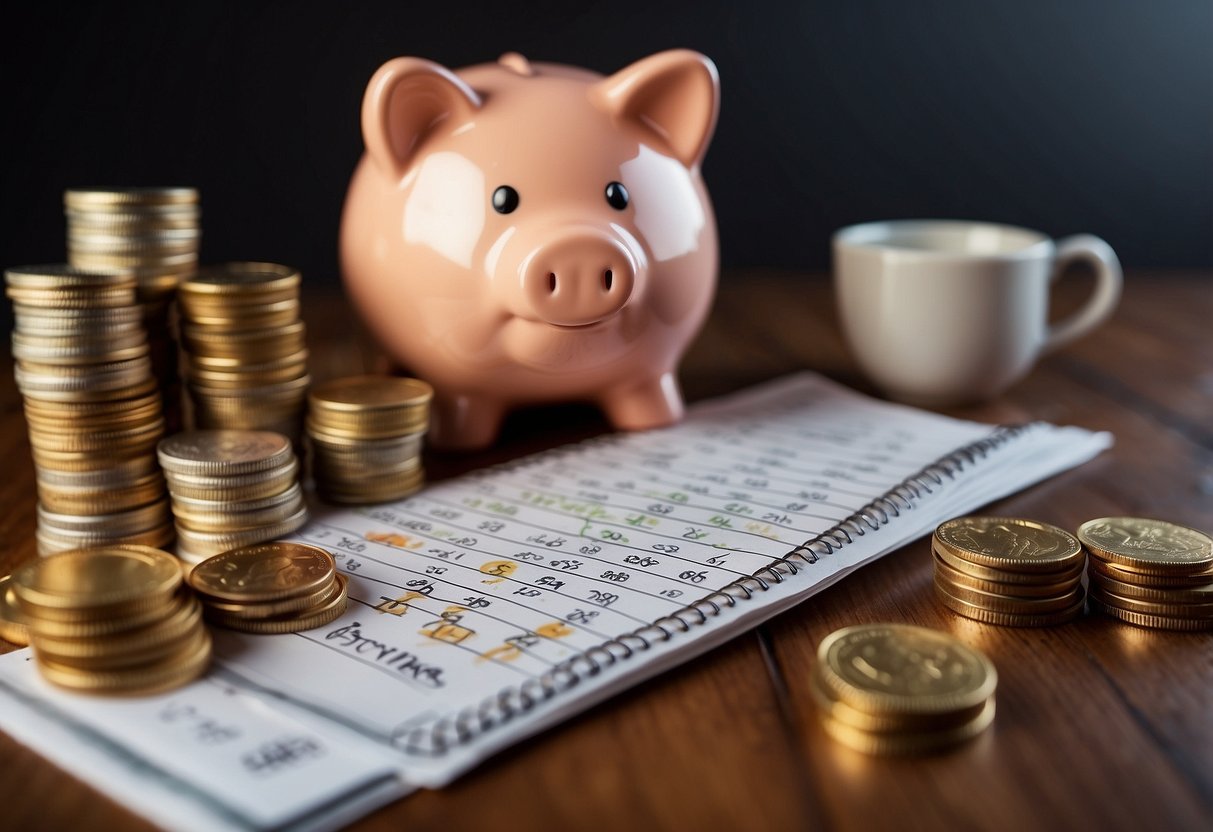
Maintaining Accessibility and Safety of Your Fund
Keeping your emergency fund accessible while ensuring its safety requires careful planning. It’s crucial to balance easy access with optimal returns and protect your savings from inflation and taxes.
Balancing Accessibility with Optimal Returns
An emergency fund must be easily accessible in times of need. Storing it in a regular savings account provides quick access but offers lower returns. High-yield savings accounts or money market accounts offer better interest rates while maintaining liquidity. This strategy ensures funds are readily available, should unexpected expenses arise.
Using a CD (Certificate of Deposit) laddering strategy can enhance returns while keeping portions of your fund liquid. By splitting the fund across CDs with varying maturity dates, you can avoid tying up all your money for long periods. It’s essential not to invest the emergency fund in volatile assets such as stocks, which can jeopardize both accessibility and safety.
Protecting Your Fund from Inflation and Taxes
Inflation can erode the value of your emergency fund over time. To combat this, consider accounts with interest rates that outpace inflation. High-yield savings accounts and inflation-protected securities are good options. Regularly review and adjust the accounts holding your emergency fund to ensure they continue to offer competitive rates.
Taxes also impact the growth of your emergency fund. Choose tax-advantaged accounts where possible. For instance, interest earned on certain accounts may be subject to federal income tax but not state tax. Awareness of tax implications can maximize returns and maintain the fund’s purchasing power. It’s essential to keep the fund in accounts with favorable tax treatments to preserve its value over time.
Automating Your Savings
Automating savings can ensure regular contributions toward an emergency fund. Utilizing tools like direct deposits and budgeting apps simplifies the process, making it easier to achieve financial goals without manual intervention.
Setting Up Automatic Transfers for Consistent Growth
Setting up automatic transfers from a checking account to a dedicated savings account is a foundational step. By choosing a specific amount to transfer consistently, it helps in steadily building the emergency fund. Banks usually offer features to set these transfers weekly, bi-weekly, or monthly, which ensures that saving becomes a non-negotiable habit.
This method reduces the temptation to spend that money on unnecessary expenses. Predictable and regular contributions make it easier to track progress. Most importantly, starting with an amount that won’t disrupt daily living expenses encourages consistency in the growth of the emergency fund.
Utilizing Direct Deposit and Budgeting Apps
Direct deposit is another effective tool for building an emergency fund. Some employers allow the salary to be split into multiple accounts, meaning a portion can directly go into the savings account. This way, the funds are saved before they even hit the checking account, reinforcing good financial habits.
Budgeting apps can also play a significant role by tracking expenses and identifying areas to save more. Many apps offer features that integrate with bank accounts to facilitate automatic saving. Setting goals within these apps ensures that even small amounts are consistently added to the emergency fund, reducing manual effort and ensuring steady growth.
Monitoring and Adjusting Your Fund Over Time
Building an emergency fund is only the beginning. Regular monitoring and making necessary adjustments are crucial to maintaining its effectiveness and ensuring it meets your evolving financial needs.
Adapting to Changes in Income and Expenses
Changes in income and expenses can significantly impact the emergency fund. For instance, a raise or a new job might allow an individual to save more, which could justify increasing the fund’s target amount. Conversely, a decrease in income might necessitate slowing down on contributions temporarily.
Reviewing monthly budgets helps in understanding these shifts. Monitoring for any recurring expenses or sudden financial burdens is essential. Adjusting the savings goals ensures that the fund always aligns with the current financial situation.
Replenishing Funds After Use
Using the emergency fund can deplete it, making replenishment a priority. Establishing a strategy to rebuild the fund promptly is crucial. For instance, a clear plan for regular contributions, even if small, ensures that the fund is restored efficiently.
Tracking progress can be motivating. It might involve setting mini-goals for each month until the fund is back to its target. Avoiding unnecessary expenditures during this period can also accelerate the replenishment process.
Achieving Milestones and Setting New Goals
Reaching initial savings milestones can provide a sense of accomplishment. It’s an opportunity to reassess and possibly set higher targets for the emergency fund. As financial situations evolve, what seemed like a sufficient cushion might need revising.
Setting new goals might include increasing the fund to cover additional months of expenses or specific categories of unexpected costs, such as medical emergencies or major home repairs. Regularly celebrating these milestones ensures continued motivation and commitment to financial preparedness.